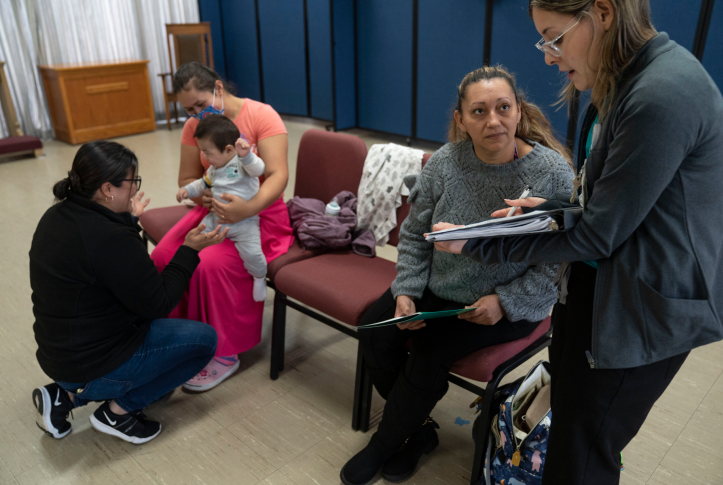As recognized by the Biden administration in its proposed marketplace plan rules for the 2024 plan year, provider networks are a core feature of equitable health care. Provider networks that are too limited leave members without access to coverage. This risk is especially true for low-income people who are unable to afford the cost of out-of-network care.
To reduce risks associated with inadequate provider networks, the Affordable Care Act sets standards for marketplace plans, whose members are disproportionately low-income people. These standards serve two purposes: to promote provider networks sufficient to give members choice in their care and to ensure that marketplace networks include essential community providers (ECPs). The ACA defines ECPs as providers whose patients are predominantly low-income and medically underserved. Because of their geographic locations and the populations they are designed to serve, virtually all safety-net providers (SNPs) qualify as ECPs. Furthermore, because the definition focuses on access for people with limited means, all marketplace plans must have ECPs, even if their service areas do not include communities with provider shortages.
Inclusion of SNPs as ECPs means they are considered in-network and therefore qualify for insurance payments when available. These payments represent a potentially important source of revenue, which is critical given the limited grant funding SNPs receive to support operations. Insurance revenue allows SNPs to better conserve their grant money for uninsured patients and services. This is critical because low-income patients with insurance can experience frequent breaks in coverage because of changing life circumstances, and can find themselves in need of grant-supported care. While marketplace subsidies have become more generous under recent congressional reforms, the problem of intermittent coverage persists.
Although provider networks present an important health equity question for underserved people, the relationship between federal ECP rules and SNPs has received little attention, contrary to the greater focus on provider networks in Medicaid managed care. Furthermore, while the Biden administration proposes to strengthen ECP inclusion requirements in its 2024 plan year rules, the proposal would still permit marketplace plans to exclude as many as 65 percent of the various designated classes of ECPs in their service areas.
Information drawn from the Uniform Data System (UDS), which captures data on community health center (CHC) patients, revenue, and performance, is helpful in understanding the potential role of marketplace plans in supporting ECP operations. The UDS data show that in 2021, CHCs served nearly 30.2 million patients, the majority of whom had some form of health insurance. Two forms of insurance were especially important: Medicaid, which insured 48 percent of CHC patients in 2021, and private insurance, which covered 20 percent of patients.
Although UDS data do not identify private insurance by source, it is possible to infer the major role played by subsidized marketplace plans. First, CHC patients are overwhelmingly low income — 90 percent have incomes below 200 percent of the federal poverty level, or $46,060 for a family of three in 2022. Lower family income, in turn, is associated with more limited access to affordable employer plans. Second, in Medicaid nonexpansion states, where marketplace subsidy eligibility is 100 percent of the poverty level, rather than the higher 138 percent standard in expansion states, 24 percent of CHC patients are privately insured (compared to 19% in Medicaid expansion states).
Despite the significant number of privately insured CHC patients, private insurance revenue fell well below this 20 percent level, a pay gap likely driven by more limited coverage, higher cost sharing, and low payment levels for covered services. In the case of Medicaid, special federally qualified health center (FQHC) payment rules for CHCs, which tie payment to the cost of care, keep enrollment and revenue reasonably well aligned. But marketplace plans may choose not to follow the FQHC payment rule and instead may adhere to whatever payment levels apply to other primary care providers. As a result, even though the percentage of privately insured CHC patients rose by 9 percent between 2019 and 2021, the proportion of revenue coming from private insurance remained stagnant.
Limited coverage and higher cost sharing in private plans possibly contribute to this misalignment. But deeply discounted plan payments also may be a factor.
If marketplace plans exclude safety-net providers and require ECPs included in the network to accept deep discounts for covered care, this could increase SNP financial struggles, which may be exacerbated by Congress’s decision to end the pandemic-era Medicaid continuous enrollment policy, as well as special COVID supplemental grants for SNP operations. These policy shifts further elevate concerns about health care access in underserved communities and call into question the proposed rule that would allow the exclusion of essential community providers, as well as deeply discounted payments.






